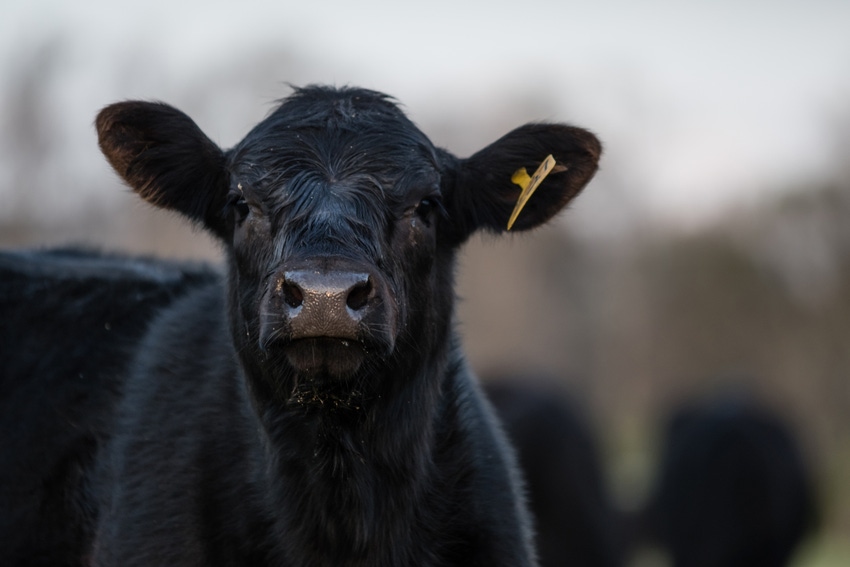Multi-institutional bovine viral transmission study underway
U.S., U.K. scientists aim to better understand how management contributes to transmission of bovine coronavirus.
February 12, 2024

Scientists from institutions in the U.S. and the U.K.—including Mississippi State University—are collaborating to better understand how livestock management practices may contribute to transmission of bovine coronavirus after social reorganization or “commingling.”
The U.S. Department of Agriculture’s National Institute of Food and Agriculture funded a University of Minnesota-led $3.5 million study to answer questions such as why some animals become infected, and others do not, when they are commingled.
Federico Hoffmann and Florencia Meyer, associate professors in MSU’s Department of Biochemistry, Molecular Biology, Entomology and Plant Pathology in the College of Agriculture and Life Sciences, and Amelia Woolums, professor in the Department of Pathobiology and Population Medicine in the College of Veterinary Medicine, make up the MSU team, which also has worked on previous projects.
“We know that disease outbreaks occur in commingling situations—for instance, when a dairy calf is taken from the mother and moved into a group setting or a group of beef calves is taken from the pasture and placed on a truck,” said Woolums. “What we don’t know is whether the stress on the animal—which creates excess inflammation in the body—or the mixing of microbes or other factors are the main reason for these outbreaks.”
The MSU scientists are charged with analyzing samples gathered from animals infected with the bovine coronavirus at commingling events staged at Texas A&M University’s Veterinary Education, Research and Outreach station near Amarillo.
The MSU team has hired a graduate student to work on different aspects of the project, from viral quantitation to immunological assessment and genome sequence analysis. Meyer’s lab group will identify and quantitate the virus; Hoffmann’s group will sequence the virus strains and analyze the relationships between the different strains; and Woolums’ group will investigate the inflammatory responses in the animals. Noelle Noyes, who leads the study, will explore the role of the microbiome—the bacteria present in the respiratory system of the infected calves.
The University of Liverpool team will conduct similar studies in the U.K. as their U.S. counterparts. Because farms in the U.K. are greater in number and smaller in population than in the U.S., the dynamics of commingling events and virus transmission may differ from their American counterparts.
“On our end of the study, we’re testing calves from only one farm, but the U.K. part of the study will commingle calves from different farms, which adds complexity to the study,” said Woolums. “We might see different strains of virus coming from different farms, and if that is the case, we want to study the effects of bringing those different strains together.”
At the end of the three-year study, the collaborative group hopes to produce predictive models that explain how the various factors influence disease transmission.
“After we have analyzed the results, Dr. Noyes will create predictive models of transmission,” said Meyer. “Those models will inform the development of improved management practices that more closely address the transmission dynamics of this virus.”
“We’re very excited about this project because it offers the opportunity to make connections between how viruses are spread and the ways animals are raised,” added Hoffmann. “It has interesting potential for the field of epidemiology.”
You May Also Like



